As efforts to reduce carbon dioxide (CO₂) emissions in line with net zero targets gather pace, the number of carbon capture and storage (CCS) facilities worldwide has doubled in the last five years. The number of active facilities increased from 26 in 2020 alone to 50 by 2024, while annual storage capacity increased from 40 million tons to 51 million tons in the same period.
CCS technology, which is used to reduce emissions from fossil fuel-fired power plants as well as energy-intensive sectors such as cement, iron and steel, hydrogen, chemicals, ethanol and fertilizers, enables carbon emissions to be captured at the source on a global scale. The captured CO₂ is transported by pipelines or tankers to deep geological structures underground and stored for the long term.
While areas such as impermeable rock formations exceeding 800 meters underground, porous structures, abandoned oil and gas fields are used for this purpose, significant reductions in the amount of greenhouse gases reaching the atmosphere are achieved thanks to the safe sequestration of carbon.
USA ranks first, followed by China and Canada
According to data from the Global Carbon Capture and Storage Institute, the country with the most active CCS plants is the USA with 19 facilities. The US is followed by China with 14 facilities and Canada with seven. Norway and Iceland have two facilities each, while Hungary, Brazil, Saudi Arabia, Qatar, the UAE and Australia have one facility each.
These facilities are estimated to store a total of 51 million tons of CO₂ underground by the end of 2023. This represents a 27.5% increase compared to the 40 million tons of capacity in 2020.
40 plants under construction, hundreds more in the planning stage
As CCS investments accelerate on a global scale, 40 new plants are under construction in 14 countries. Eleven of these are also located in the US. Five plants each are under construction in the Netherlands, China and Canada, while Norway, the UAE, Qatar and Denmark are contributing to the process with two projects each. In addition, projects are actively underway in Oman, Australia, Iceland, Papua New Guinea, Saudi Arabia and Malaysia.
On the other hand, a total of 334 CCS projects are under development, which are planned to be operational by 2032 if they complete the pre-approval processes. This indicates that carbon storage capacity could increase at a much faster pace in the coming years.
The increase in facilities and capacity by years is as follows:
| Year | Number of Facilities | Storage Capacity (million tons) |
|---|---|---|
| 2020 | 26 | 40 |
| 2021 | 27 | 41 |
| 2022 | 30 | 43 |
| 2023 | 41 | 49 |
| 2024 | 50 | 51 |


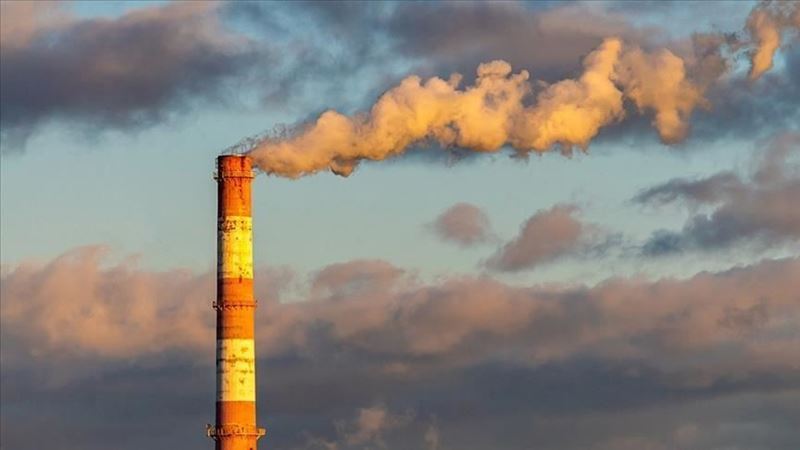
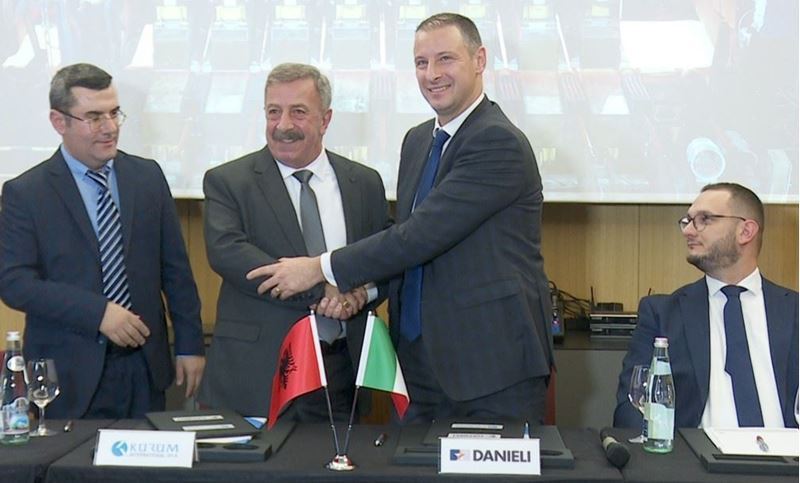
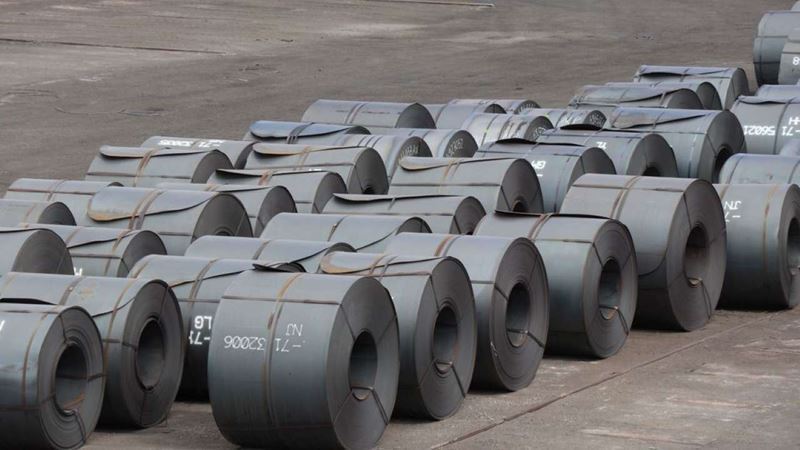

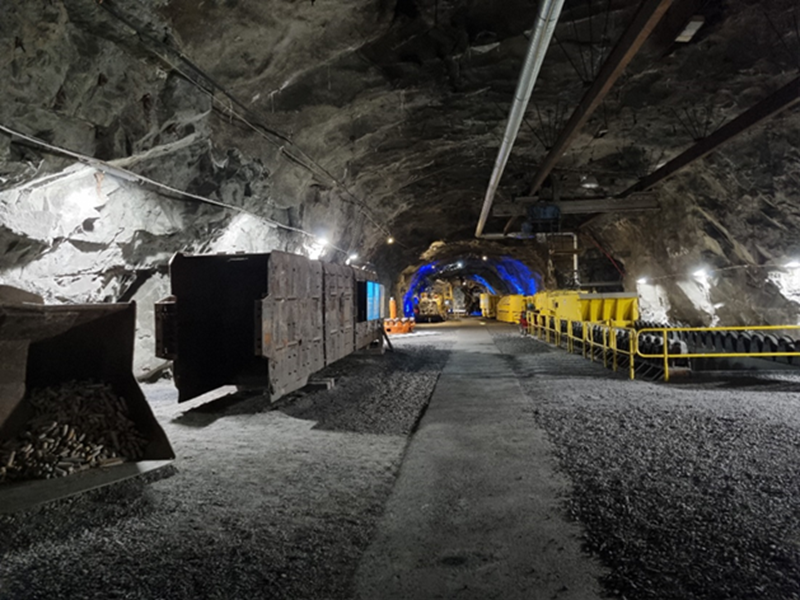
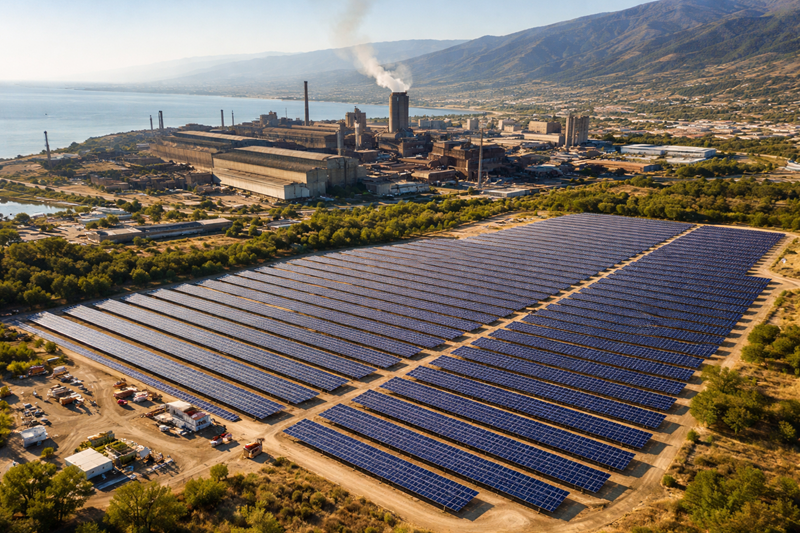

Comments
No comment yet.